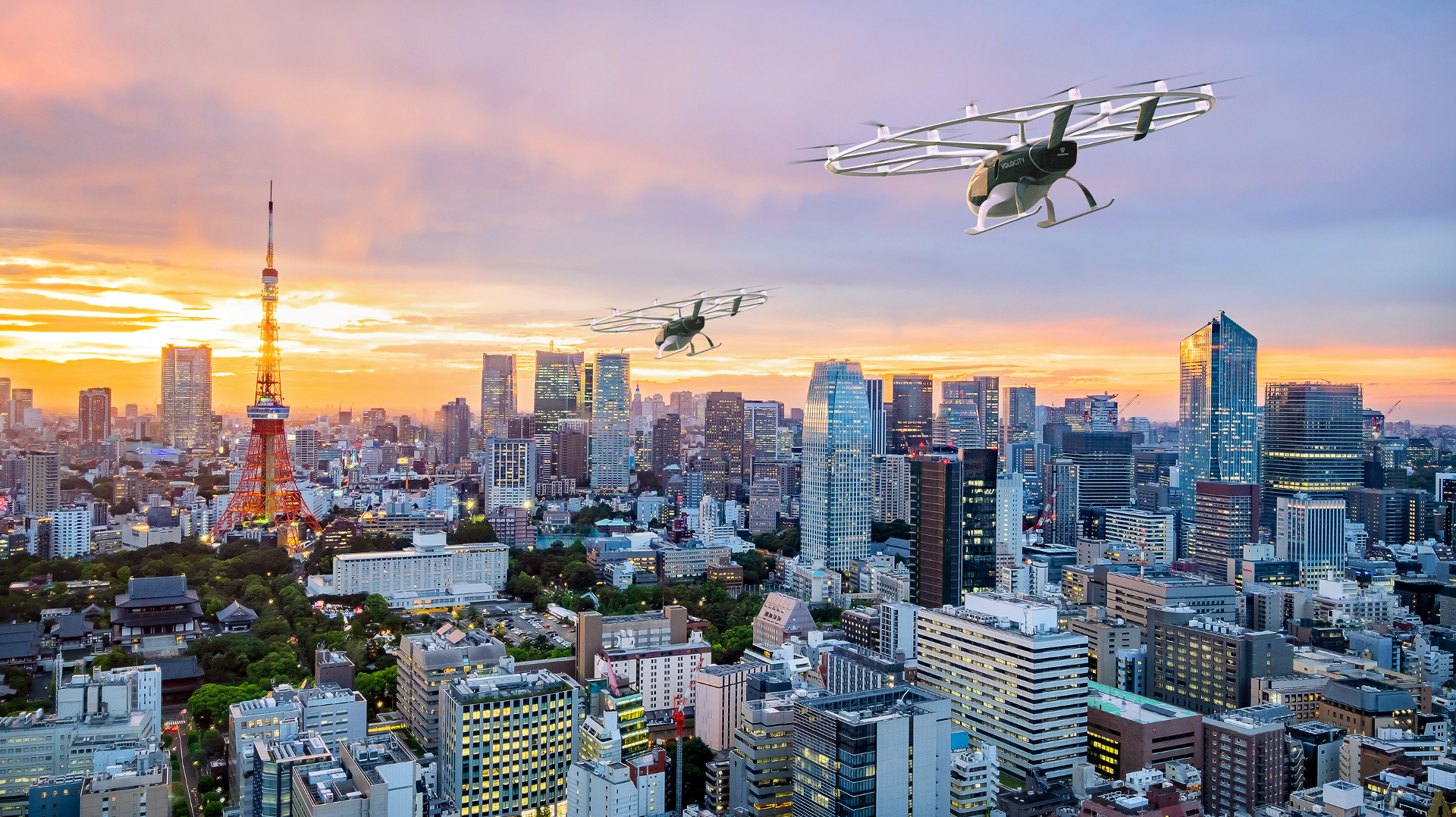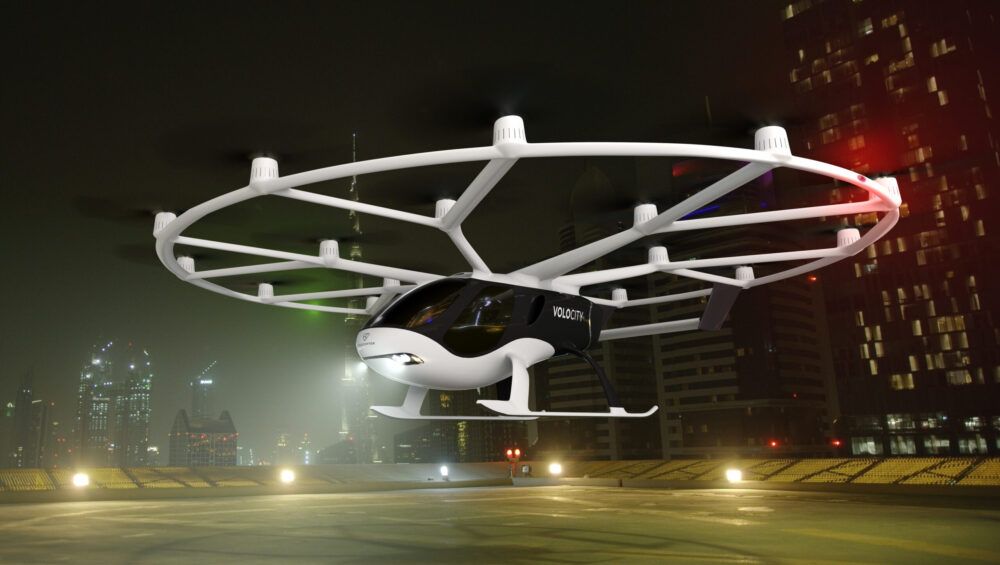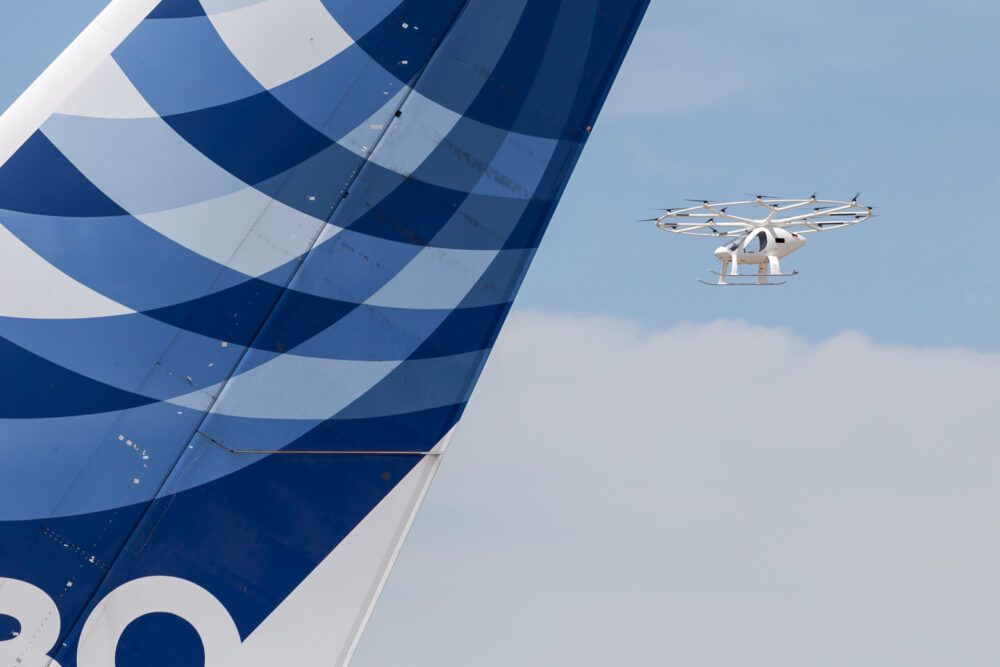Japan Airlines is eying starting commercial eVTOL (electric vertical takeoff and landing) operations in 2025. The airline will partner with German startup Volocopter for its operations and is currently planning trials in the Mie Prefecture. Let's find out more about JAL's plans.
Future of flying
According to Nikkei, Japan Airlines has set a target for the fiscal year 2025 to begin eVTOL operations in the country. These flying taxis will allow passengers to commute across cities and prefectures using a two-seater drone made by Volocopter. The 'VoloCity' can travel 35 kilometers and up to speeds of 110km/hr for quick transport.
While regulators draw up standards for the new flying vehicles, JAL is edging closer towards trials of the VoloCity. The flag carrier has signed an agreement with the Mie Prefecture, located in the Kansai region, for testing eVTOLs across several scenarios.
During the first phase, the flying taxis will be used for urban transport within 20kms. This will serve for local travel, including the important market of airport to city connectivity. The second phase will see distances of 50 to 150kms, which will allow for transport between cities in the prefecture.
By 2025-2026, Japan Airlines is hoping to have eVTOLs operating from main airports to the city center in the Mie Prefecture and many others. This would provide seamless transport for aircraft passengers to get to the city as quickly as possible.
Stay informed: Sign up for our daily and weekly aviation news digests.
Market
However, Japan Airlines is not only looking to become an operator of flying taxis. Considering the carrier's investment in Volocopter in early 2020, it is planning to become an eVTOL service company, offering operator training, safety management, and much more. This signals JAL's belief that the eVTOL industry will indeed take off into a trillion-dollar industry in the coming decades, as many predict.
Flying taxis make particular sense of dense cities such as those seen in Japan. Despite sounding futuristic and out of science fiction, eVTOLs can ease out car traffic in major cities and allow for much quicker transport. Moreover, the flexibility of vertical takeoff and landing makes their deployment easier, even in packed areas.
However, JAL won't have a monopoly on the eVTOL market in Japan. Rival airline ANA is also eying its own flying taxi operations in the fiscal year of 2025, setting up a showdown between the two and other players in the upcoming market.
Coming soon
While eVTOLs are coming soon, there are several key hurdles before they can be safely deployed in urban cities. This includes safety trials, such as the ones JAL is planning, setting up infrastructure, traffic management systems, and finally, government regulation.
Once all of these steps are complete, companies will be able to sell their services to the general public. However, looking at the way things are going, we could be seeing the first eVTOLs in the skies above cities within a few years alone.
What do you think about JAL's plans for flying taxis? Let us know in the comments!



